Drying oil combined brand K-3: characteristics and application
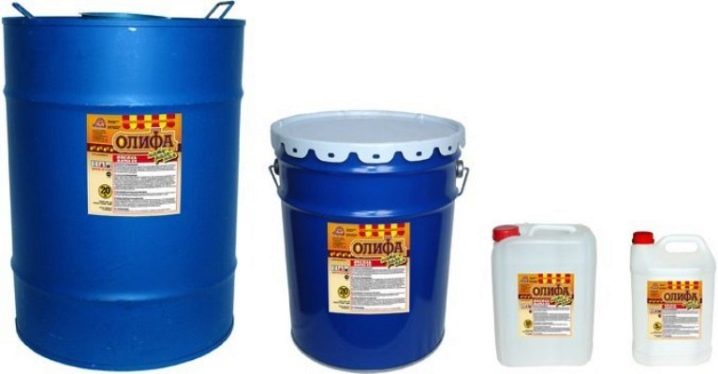
During the construction and decoration of premises, there is a need for a wide variety of materials. Wood is widely used. However, when using it, you may encounter some problems. The use of drying oil will help to avoid such problems as mold, moisture and parasites. Natural oils in its composition create a protective film on the surface, which helps to extend the service life.
Peculiarities
Linseed oil itself is a solution that is part of various oils, such as linseed, soy, sunflower. It is an important component of oil paints.
For quick drying of drying oil, an element such as a desiccant is added to its composition. This additive is designed to protect the treated surfaces from deformation under adverse external influences.
The use of drying oil is widespread, so there are no problems with its purchase. It is available in the assortment of any specialty store. In addition, the composition can be prepared independently at home using sunflower and linseed oil.
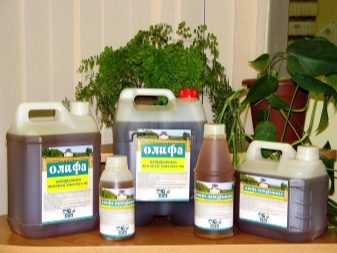

Types of drying oil
Currently, there are several types of drying oil, depending on the composition, scope and technical characteristics.
Natural drying oil is considered to be the safest and most environmentally friendly. It is characterized by a low desiccant content, as a result of which it dries a little longer than the others. Has a light yellow color and an even consistency without precipitation.

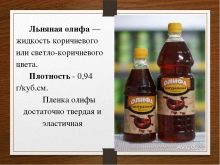

Oksol is also called semi-natural drying oil. It contains about 55 percent of natural oils, which is less than other types. Requires dilution with driers or solvents. Compared to the rest, it has a lower price.
If natural oils are replaced with synthetic ones, you can get synthetic drying oil. The composition has no characteristics in accordance with GOST, which puts it in a low price category. It differs in quality, has a persistent unpleasant odor, in addition, it can be harmful to health. The synthetic type is not recommended for interior work. It is mainly used in the preparation of mixtures for putty and plaster.
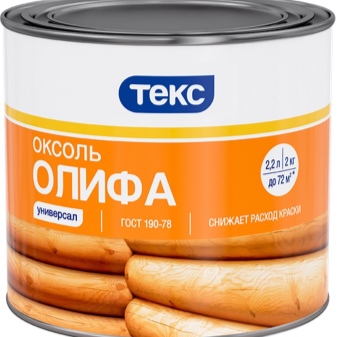
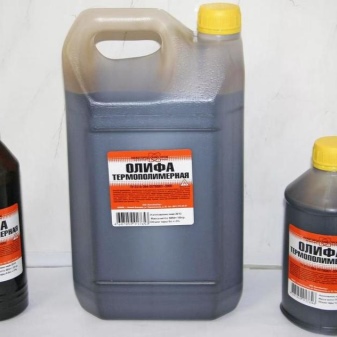
Composite oils consist of one or more natural oils and gasoline diluted with rosin varnish. The most popular is the oil-rubber mixture.
Combined drying oil is made by oxidizing natural drying and semi-drying oils, of which about 70 percent. Mostly it is used as part of oil paints, less often for finishing work.
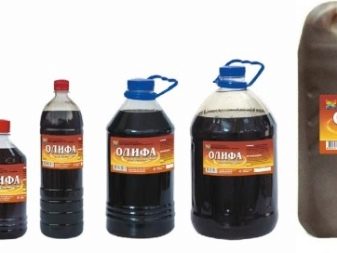
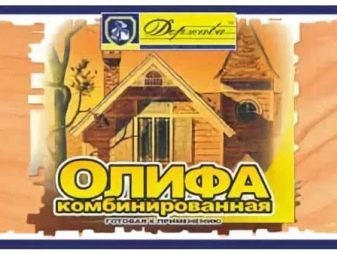
Characteristics and differences of the combined drying oil
For ease of use, markings are applied to various types of the combined composition. It is recommended to carry out internal finishing works with the grades K-2, K-4, K-12, and external ones - with K-3 and K-5. The most popular are the compositions under the brands K-3 and K-2, which differ in a low content of oil and driers.
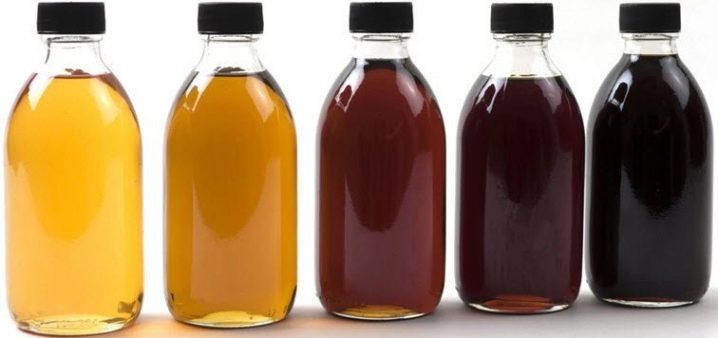
They are almost transparent, with a slight tint. Drying time takes about 24 hours. When using the composition K-3, a dense film forms on the surface in a short period of time, which requires quick work to create a uniform coating.
In most cases, combined drying oil is used when working with small wooden elements. It is added to oil paints to give them the desired thickness.The K-2 grade is used when working with walls and ceilings.
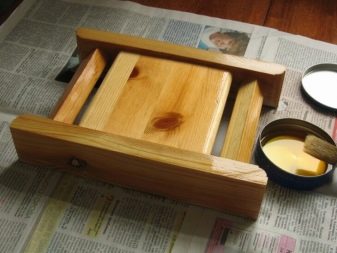

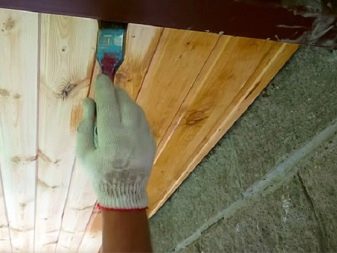

K-3 refers to the type of oil solutions. It is used to bring mixtures to the desired consistency, as well as to dilute oil paints. In addition, it is intended for impregnation of wooden surfaces before painting them with paints and varnishes.
This drying oil is transparent and has a yellowish tint of varying saturation. The treatment of wood coatings with the composition gives them shine and characteristic color. It takes about 24 hours for the olive to dry completely at a temperature of 19-22 degrees. When using drying oil on your own, it is recommended to apply the material in small portions.
Drying oil K-3 can be used both for external and internal work. It has moisture resistant properties.
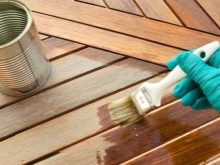
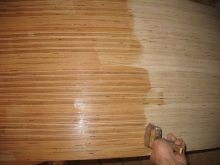
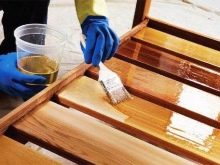
The use of the combined composition
On the basis of the composition K-3 in accordance with GOST, a limited number of materials are produced: oil paints, Mumiya MA15, Ocher MA15 and Surik MA15.
This brand has gained wide popularity due to the possibility of its use for various types of work. They have two grades: first and second. The first grade is used for mixtures of different colors due to the fact that it is more transparent, and the second, due to its saturation, looks favorably with dark shades.

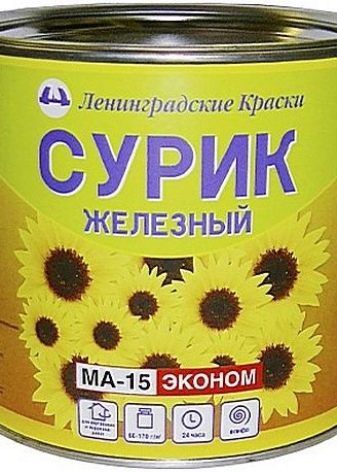
When working with drying oil, one must not forget about safety precautions.as it is a flammable and explosive mixture. The room must be well ventilated or equipped with a safe ventilation system. In case of contact with the skin, the solution must be wiped off and washed with soap and water.
Consumption of combined drying oil on wood
Before applying drying oil, the surface must be treated. First of all, dirt is removed, and the coating is degreased. The presence of moisture is unacceptable.
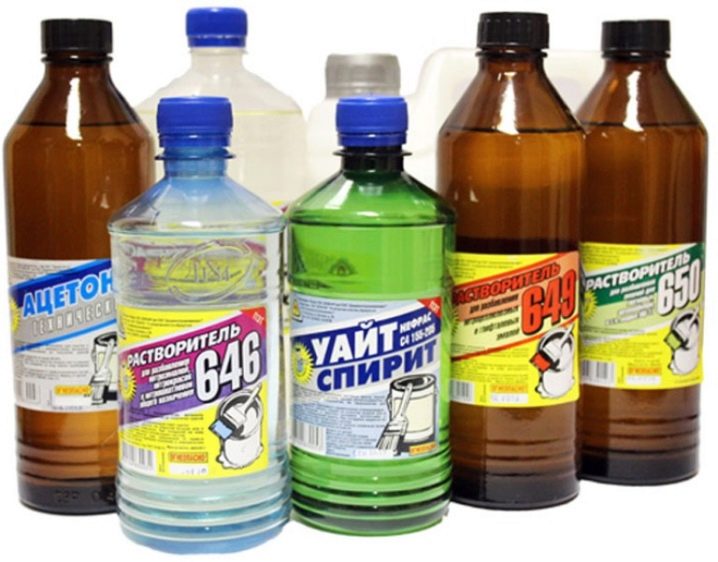
Drying oil and compositions based on it can be applied with a brush to small surfaces. For larger jobs, it is better to use a spray or roller. We must not forget that the solution must saturate the surface, therefore, when applying it, you cannot save money. For deeper penetration, it is advisable to use hot drying oil. On average, 1 sq. m. leaves approximately 130-160 milliliters of composition.
Usually the coating is applied in 2-3 coats, but their quantity may vary depending on the needs. Natural drying usually takes no more than a day. The optimum temperature for him is about 20 degrees Celsius. You also need to try to exclude the possibility of drafts.
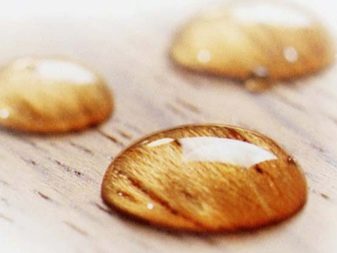
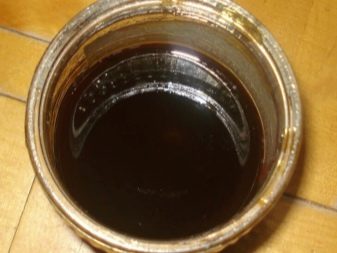
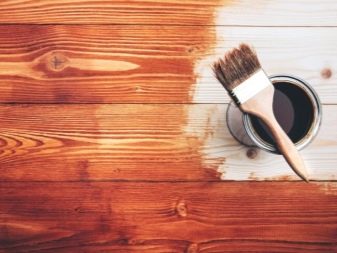
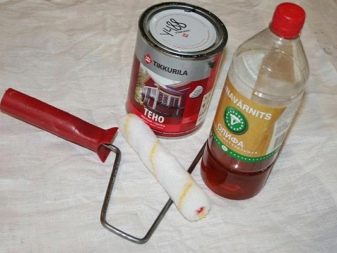
Oil-based formulations can be too thick and difficult to handle. To solve this problem, they can be diluted with linseed oil until the desired consistency is obtained. These manipulations can significantly reduce the consumption of the main product.
After completion of work, all elements must be disposed ofotherwise they can be dangerous due to the fact that they are flammable and explosive materials. The remaining drying oil must be stored in a safe place, avoiding interaction with fire, sunlight and electrical appliances, and protected from moisture. If the solution thickens, it should be diluted with any solvent that can be used with oil paints in a ratio of 1 to 10.
The subtleties of the choice of drying oil
Before starting work, you must choose a material that turns out to be of high quality and safe. First of all, you need to evaluate the appearance of the product: the quality is affected by its uniformity, the presence of sediment or other particles. After that, you should check the documents. Depending on the choice of the type of olive, compliance with GOST is assessed, a certificate of conformity or a hygienic certificate is required.


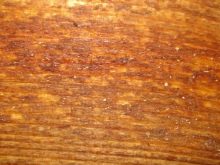
About how you can further cover the surface treated with linseed oil, is described in the next video.













The comment was sent successfully.